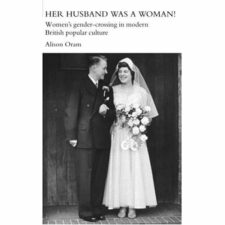Miscarriage was a common event in the lives of women in the past as it is today. In an era where baptism was important for the salvation of babies, midwives and doctors were given instructions on how to respond to miscarriage by the Catholic church. Below is one such set of instructions for baptising embryos provided by the Catholic Church in Ireland to midwives in 1885. Yet, as the text below suggests, the science behind life was far from established in this era.
[TEXT READS: Directions for Midwives for the Baptism of Embryos.
The embryo cannot be distinguished until about the fifteenth day of gestation. At thirty days it has the appearance of grey or whitish jelly, and has reached the size of a common fly. At forty-five days the organs begin to appear and the size is that of a bee. At sixty days it is about two inches long and the place of the eyes, nose and mouth can be noticed. The embryo may retain life for about one hour, scarcely more.
When a woman had reason to fear a miscarriage she should at once send for a midwife. Should it take place whatever substance appears should be carefully examined in order to discover the embryo or embryos as there may be several, living or dead. For this purpose all may be laid on a napkin, over a plate moderately warm. The embryo may be in an envelope of caul, or without it. If without it, and there be life, baptism must be given without condition. In either case, if life be doubtful, it should be baptised conditionally with a form such as the following: “If thou be a fit subject I baptize thee in the name of the Father, Son and of the Holy Ghost, amen.” If the embryo be in its envelope or caul, baptism should be given twice, and each time conditionally. First it should be given over the envelope, lest life should be extinguished in removing it; secondly, the envelope having been gently removed with scissors or a sharp-pointed knife, baptism should be given again, lest at first it may not have been valid. The form in all cases may be the same, and a spoonful of water will be sufficient. When the embryo is sufficiently large to distinguish the head, the water should be poured on it; and in baptizing, the water must be poured and the words pronounced by the same person and at the same time.]
Source from Dublin Diocesan Archive, McCabe Papers, 1885.
Katie Barclay is a historian of marriage at the University of Warwick. She never stops being amazed at the fascinating things hidden in archives.


